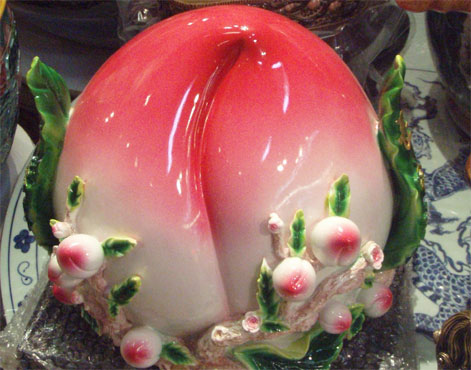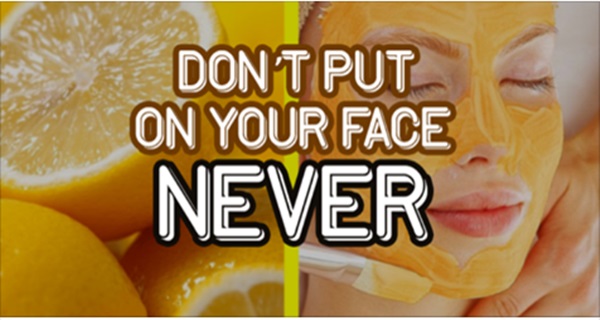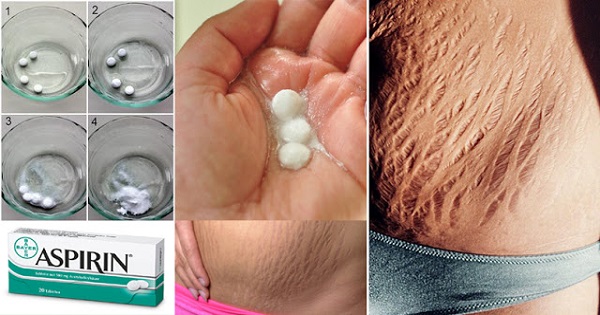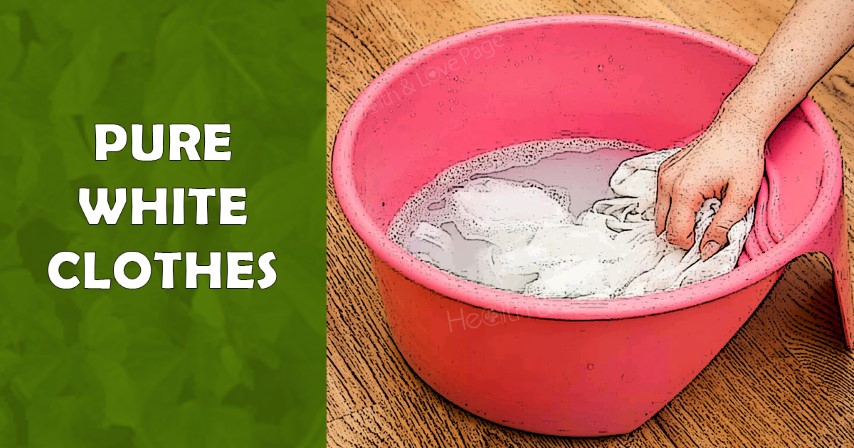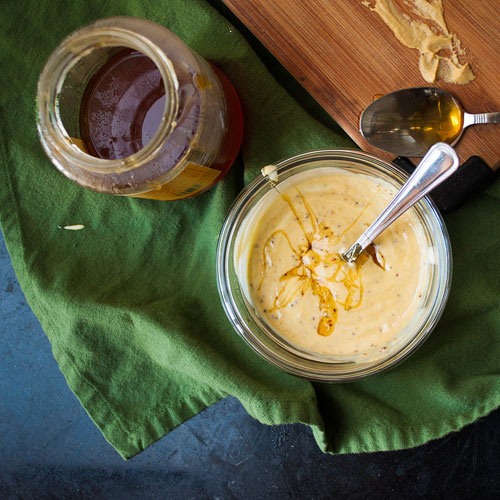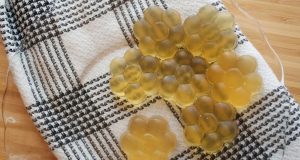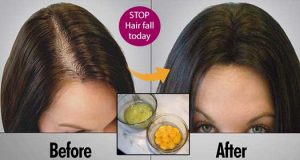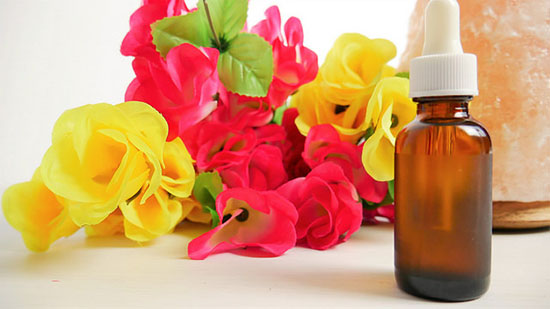If you remember anything from your high school chemistry class, you’ll remember that the pH scale works like this: 1 is acidic, 14 is alkaline. Things are either more acidic or more alkaline based on where they sit on the scale (unless it is 7, in which case it is neutral). As a reference point, your skin is roughly a pH of 4.5-5, blood is 7, an effective AHA or BHA is 3.5-4, baking soda is a 9, and the average WHITE vinegar (5-10% acetic acid) is 2.40-3.40.
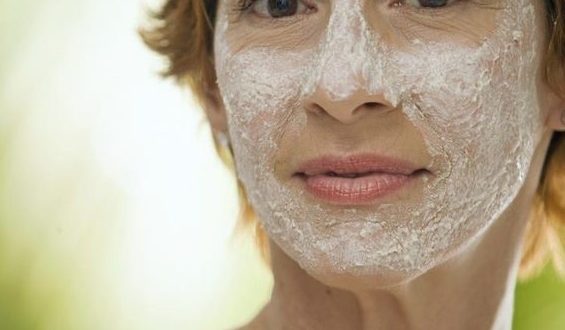
pH is so very important in skincare — too alkaline and the skin barrier is disrupted or damaged, too acidic and you risk burns.
Vinegar and baking soda are household chemicals and they are not safer just because they are not in a bottle in the skincare aisle. Baking soda can be used to scrub stains out of a toilet while vinegar can be used to break down lime build-up on your tub or sink. These are chemicals. They are not safer than your Cetaphil cleanser just because they are only one or two ingredients.
Skin care problems are generally caused by genetics, diet, and mistreatment of the problem to begin with, such as scrubbing dehydrated, acne skin with baking soda, which damages the skincare barrier and makes your face a bacterial breeding ground.
Think of your skin barrier as part of your immune system — it is essential for keeping the bad guys out and the good stuff in, such as moisture. Scrubbing it with a too-alkaline cleanser is increasing moisture loss and decreasing the ability to keep bacteria on your skin in check.
Worse, by toning your skin with a product with a pH of 2.4-3.4, you are putting your skin at risk for chemical burns, which at best are uncomfortable and at worst will scar.
Please, please use products that are made specifically for use on skin — your face is not a toilet bowl or a sink. They are balanced by cosmetic chemists and generally use tried-and-true ingredients for cleansing or moisturizing.



